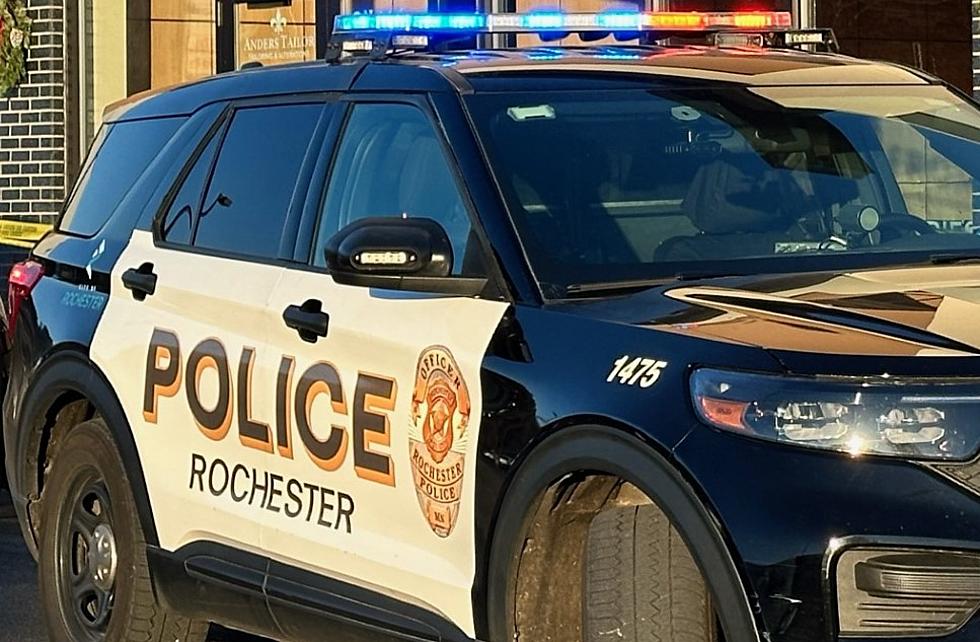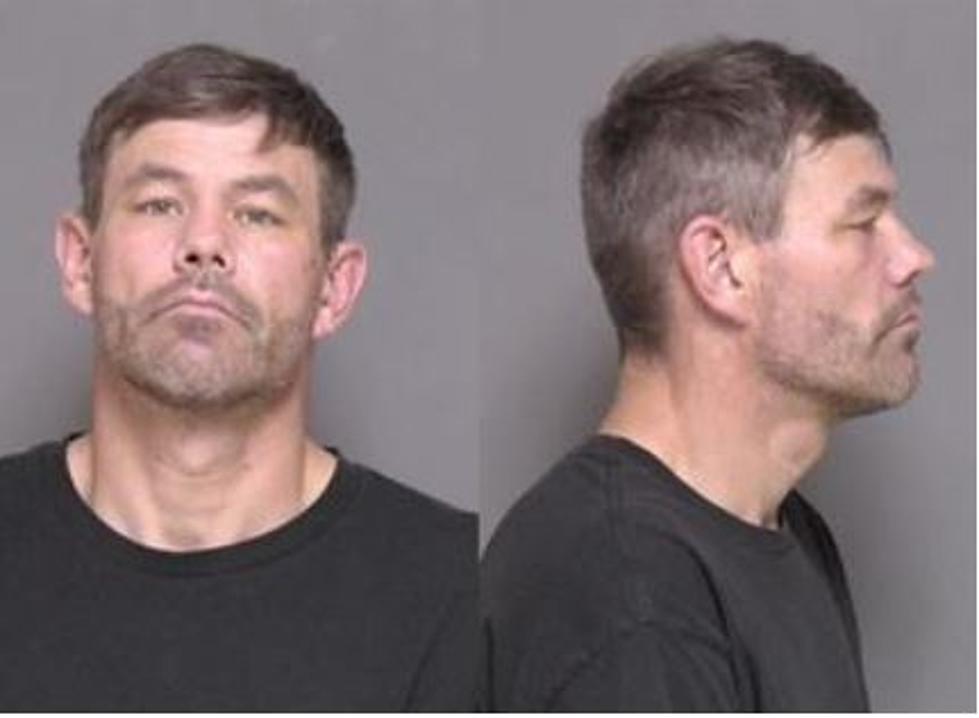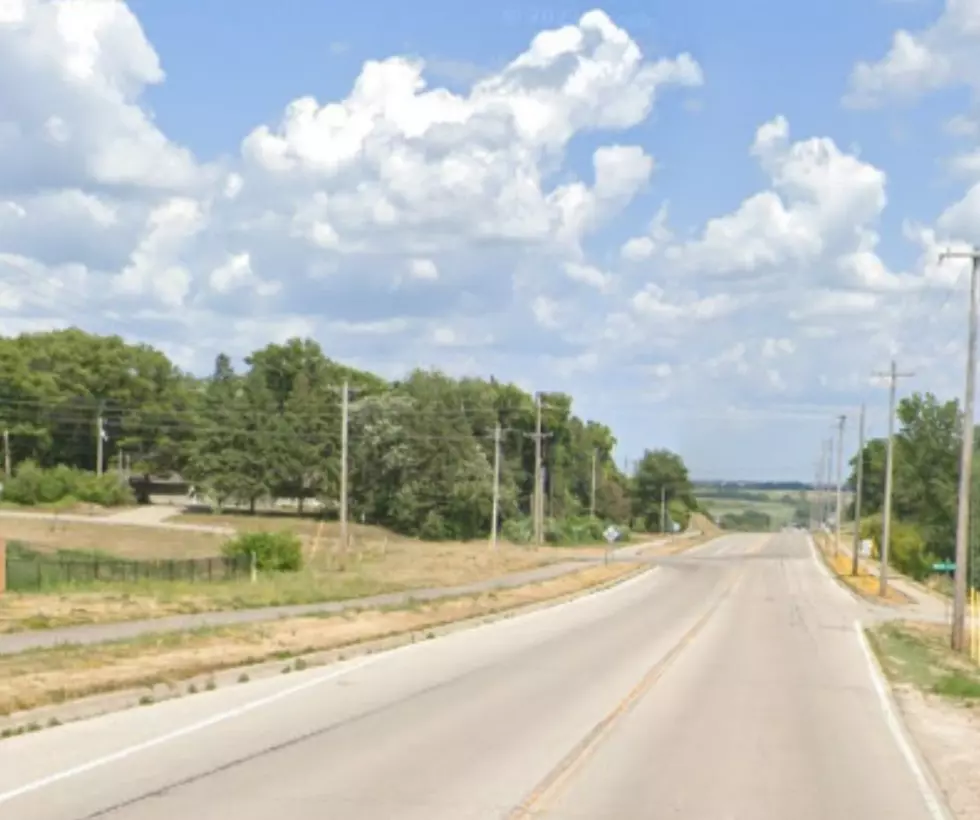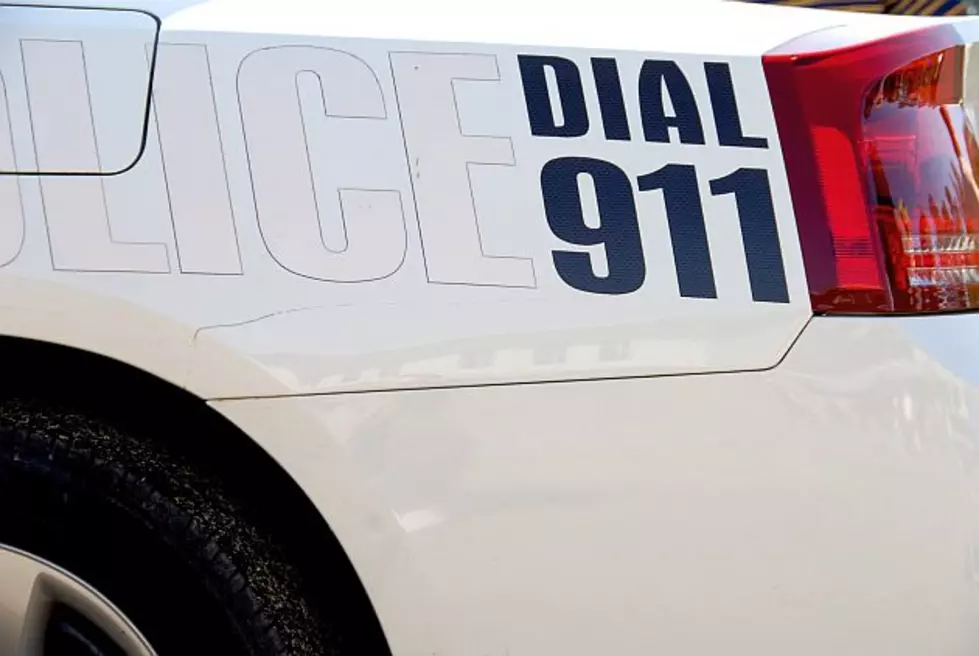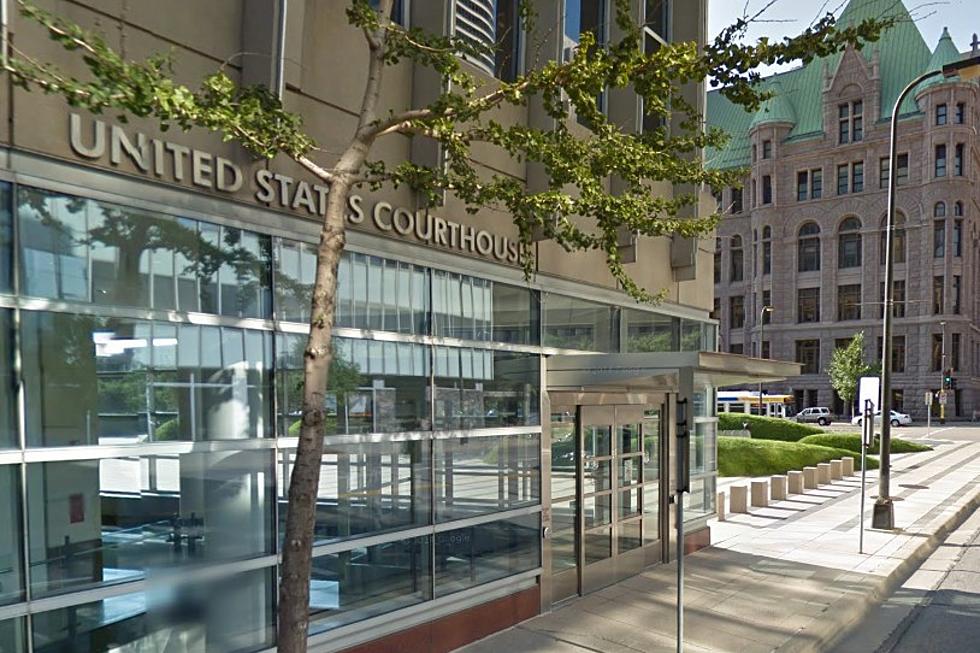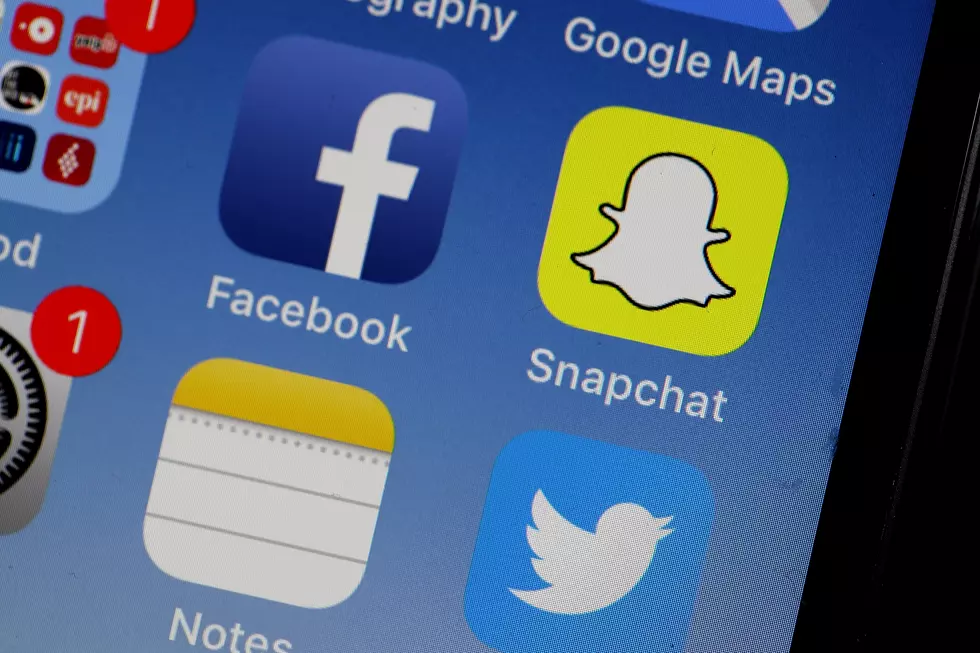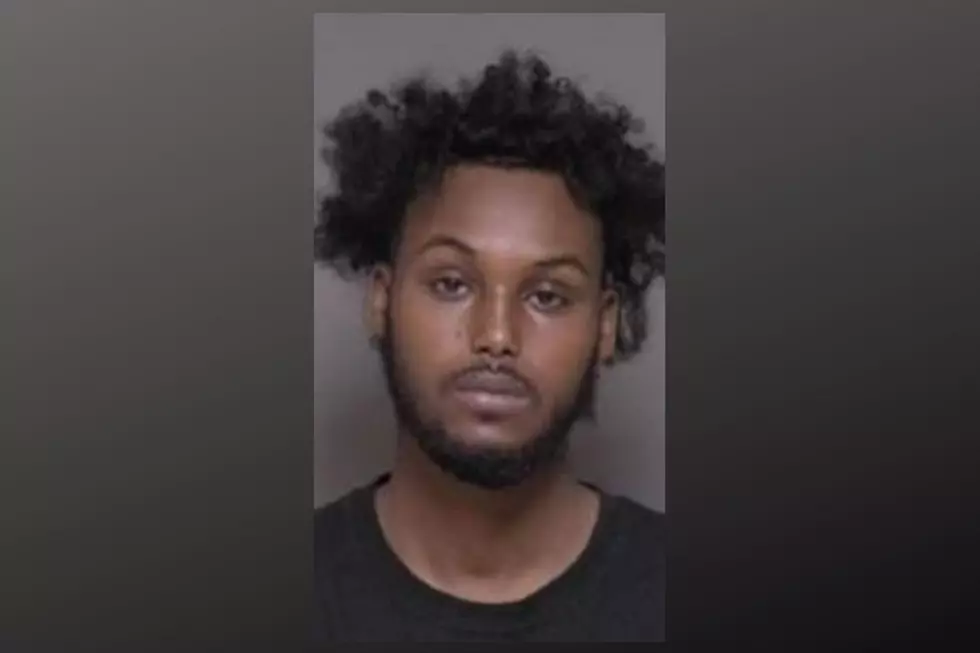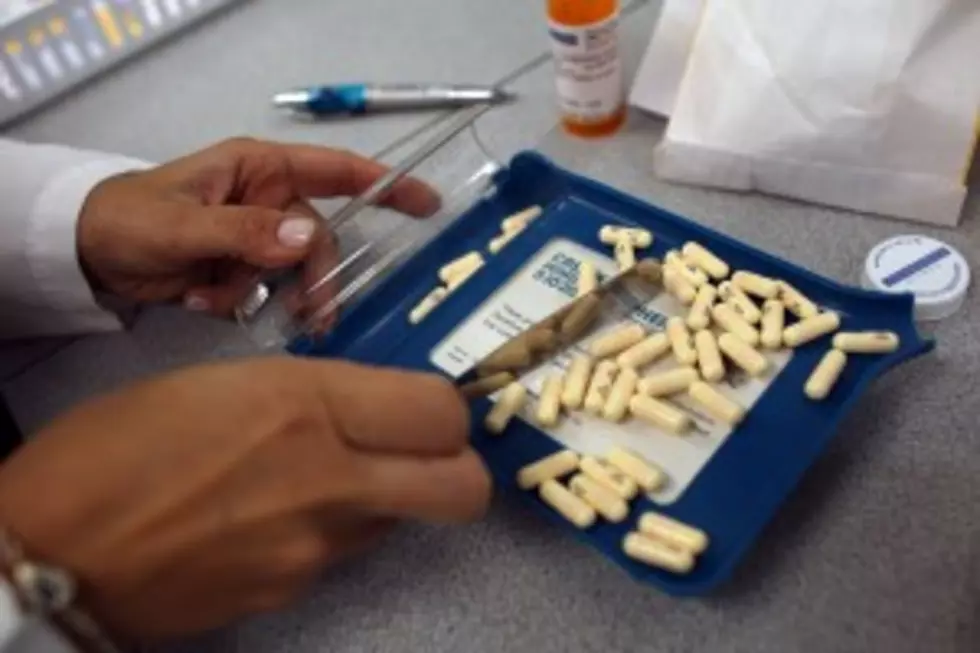
Big Jump In Prescription Drug Prices
TRENTON, N.J.(AP) — U.S. spending on prescription drugs soared last year, driven up primarily by costly breakthrough medicines, manufacturer price hikes and a surge from millions of people newly insured due to the Affordable Care Act.
Spending rose 13 percent, the biggest jump since 2001, to a total of $374 billion, according to a report released Tuesday by the IMS Institute for Healthcare Informatics. After accounting for population growth and inflation, the increase equaled 10 percent.
A record 4.3 billion prescriptions were filled in 2014, many of them for inexpensive generic pills going to patients now insured through Medicaid in states that expanded eligibility for the government health program for the poor and disabled. The number of prescriptions covered by Medicaid rose by nearly 17 percent, and that increase accounted for 70 percent of growth in the number of prescriptions filled at retail pharmacies. Another sign of the Affordable Care Act’s impact was that prescriptions paid for in cash, normally filled by uninsured people, declined 5.5 percent.
The higher spending, though, was mostly due to the many recent drugs with eye-popping price tags: tens of thousands of dollars for a year or course of treatment.
Last year saw an unusually high 42 novel medicines launched, 18 for rare diseases, those that affect fewer than 200,000 Americans. Ten of the new drugs were designated as breakthrough therapies, for conditions including multiple sclerosis, various cancers and hepatitis C.
“2014 was a remarkable year,” Murray Aitken, executive director of the IMS Institute, told The Associated Press. “We’re probably not going to see it again.”
Altogether, spending on prescription medicines in the U.S. rose by $43.4 billion last year, including about $10 billion due to price increases and $20.3 billion spent on prescriptions for new drugs.
That included a combined $11.3 billion spent on just four new medicines for hepatitis C, a liver-damaging virus so tough to eliminate that until recently, patients had to endure flu-like symptoms and other awful side effects for nearly a year, yet barely 60 percent were cured.
More From KROC-AM

